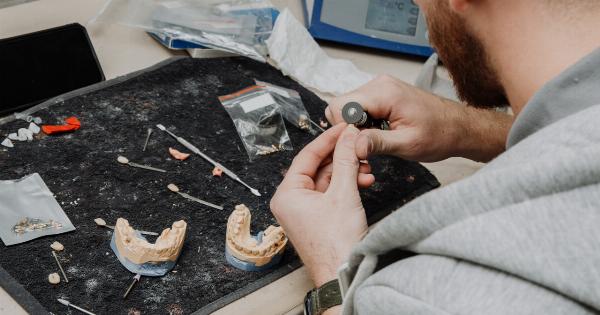Bladder cancer is a common type of cancer that affects the bladder lining. It can be treated through various methods, including surgery. Robotic-assisted surgery is a relatively new technique that can be used to treat bladder cancer patients.
This type of surgery has become increasingly popular in recent years due to its numerous benefits. In this article, we’ll explore the use of robotic-assisted surgery in the treatment of bladder cancer.
What is robotic-assisted surgery?
Robotic-assisted surgery is a type of minimally invasive surgery that uses robotic arms to perform surgical procedures. The surgeon sits at a console and controls the robotic arms, which are equipped with tiny surgical instruments.
The instruments are inserted through small incisions in the patient’s body, allowing the surgeon to perform the surgery without making large incisions.
Advantages of robotic-assisted surgery for bladder cancer patients
Robotic-assisted surgery offers several advantages over traditional open surgery, including:.
- Reduced blood loss
- Less pain and scarring
- Shorter hospital stay
- Faster recovery time
- Less risk of infection
For bladder cancer patients, the use of robotic-assisted surgery is particularly advantageous because it allows the surgeon to remove the cancerous tissue while preserving as much of the important bladder tissue as possible.
This can help reduce the risk of bladder dysfunction and other complications that can arise from more invasive surgical procedures.
The robotic-assisted surgery procedure
Before the surgery, the patient is given general anesthesia. A small incision is made in the patient’s abdomen, and a laparoscope is inserted. The laparoscope is equipped with a camera that sends images to a monitor in the operating room.
This allows the surgeon to view the patient’s internal organs in real-time.
The surgeon then controls the robotic arms, which are inserted through additional small incisions in the patient’s abdomen. The instruments are used to remove the cancerous tissue from the bladder.
The surgeon has a high level of precision and control using the robotic arms, which allows him or her to target the cancerous tissue while avoiding damage to other parts of the bladder.
Once the cancerous tissue has been removed, the surgeon will typically perform a urinary diversion procedure. This involves redirecting the flow of urine from the bladder to an external bag or pouch.
The urinary diversion procedure can be performed using robotic-assisted surgery, which offers the same benefits as the initial cancer removal procedure.
Recovery from robotic-assisted surgery for bladder cancer patients
Recovery from robotic-assisted surgery is generally faster and less painful than recovery from traditional open surgery. Most patients are able to leave the hospital within a few days of the surgery and return to normal activities within a few weeks.
However, recovery time can vary depending on the individual patient and the extent of the surgery.
Risks and limitations of robotic-assisted surgery for bladder cancer patients
While robotic-assisted surgery offers several benefits over traditional open surgery, it is not without risks and limitations. Some potential risks include:.
- Bleeding
- Infection
- Damage to surrounding organs
- Conversion to open surgery if complications arise
Robotic-assisted surgery also has some limitations, such as:.
- Cost – robotic-assisted surgery can be more expensive than traditional open surgery
- Not suitable for all patients – patients with certain medical conditions or advanced bladder cancer may not be suitable for robotic-assisted surgery
Conclusion
Robotic-assisted surgery is a safe and effective treatment option for bladder cancer patients. It offers numerous benefits over traditional open surgery, including reduced blood loss, less pain and scarring, and faster recovery time.
However, it is not without risks and limitations, and it is not suitable for all patients. If you are considering robotic-assisted surgery for bladder cancer, it is important to discuss the pros and cons with your doctor to determine if it is the right treatment option for you.


























